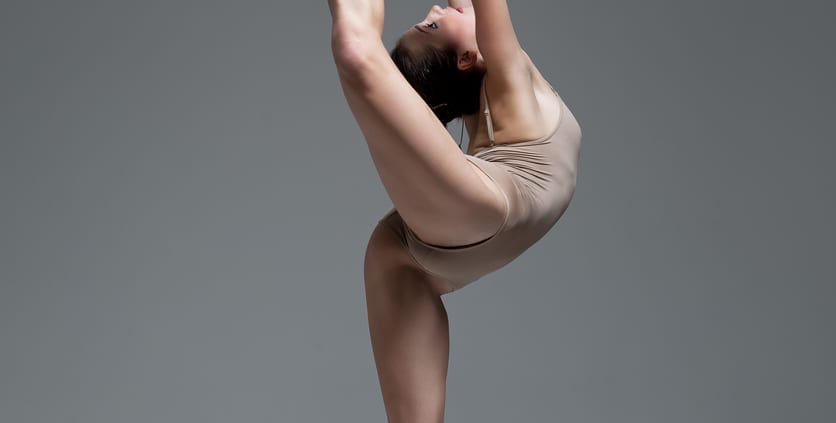Snapping Hip Syndrome – causes, symptoms and treatments

Snapping Hip Syndrome, aka coxa saltans, iliopsoas tendinitis or dancer’s hip, is a condition that’s often seen in ballet dancers, athletes or swimmers. And that’s because of the sheer stress and strain they place on their bodies day in, day out. As it’s also common in people of all ages and levels of fitness, you don’t have to be a contortionist or fitness fanatic to develop it.
What is Snapping Hip Syndrome?
As its name suggests, this disorder is characterised by a loud ‘snapping’ noise when the hip joint moves in a particular way. It often occurs when a muscle or tendon that may be tight catches minor bony growths or fragments of cartilege in the front of the hip joint (‘internal’ snapping) or the top of the thigh bone (‘external’ snapping). This exerts pressure so, when the hip moves, the muscle or tendon ‘snaps’ over the bone. It’s not normally painful and can occur during normal movement, such as sitting or walking, although it’s more common during the more rigorous flexion and extension of the muscles while exercising. Repeated snapping can also lead to pain and inflammation of the bursa (cavity) at the front of the hip joint.
What are the symptoms of Snapping Hip Syndrome?
The following are all potential symptoms:
- A snapping noise, often painless, on the external part of the hip or within the groin
- A sensation of the muscle/tendon catching and then releasing
- Trembling in the skin after snapping
- Pain during physical activities
- Stiffness especially after sitting or standing for a while
- Weakness
- Reduced range of movement
- Swelling/inflammation
Self help and professional treatment
Never ignore a snapping hip. If you do, it might become so painful that it interferes with your daily life. Knowing what makes it worse can also help:
- Avoid activities involving flexing or rotating your hip or that you know result in snapping
- Gently stretch the muscles on the outside of your legs to reduce snapping and pain
- If pain is severe apply ice to the affected area regularly
- Don’t lift any heavy weights such as toddlers or bags and avoid pushing shopping trolleys or buggies
- Get adequate rest to help reduce stiffness in the muscles and tendons
If symptoms do not improve after a couple of days please do come and see me. I will take a case history and give you a thorough examination, referring you for further tests if necessary. Treatment generally involves gentle manipulation, acupuncture, low level laser therapy – or a combination of all three! Going forward I may also give you gentle exercises to help change the mechanics in your hips and improve your posture.
For more information on snapping hip or to book a consultation, please click here.



